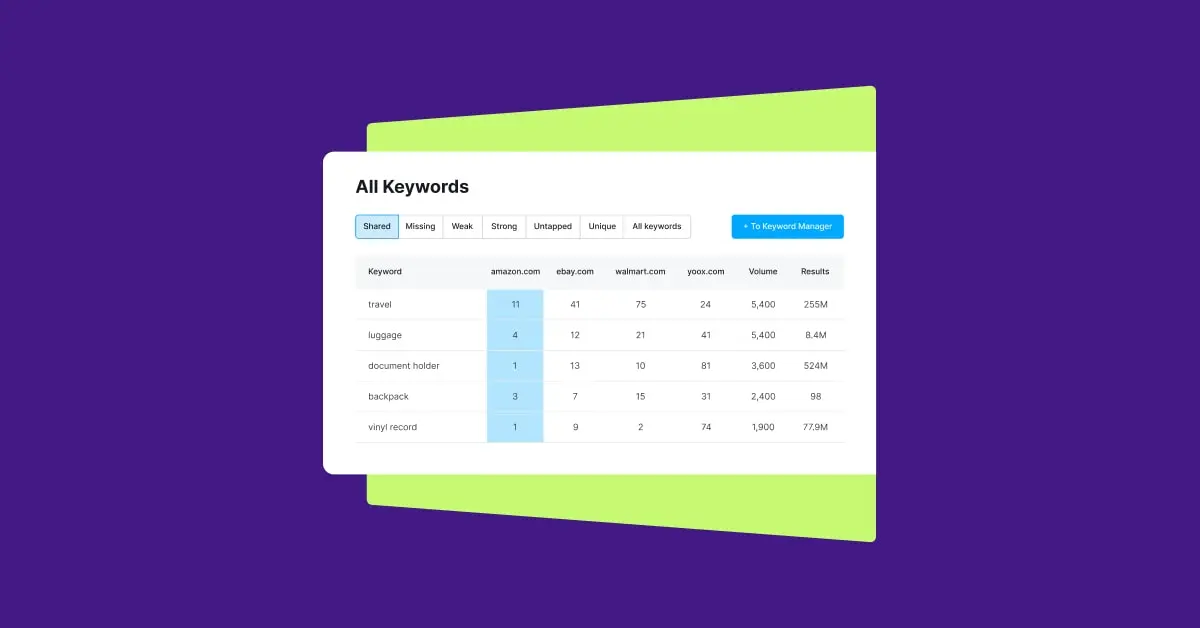I used to think that finding a low-competition blogging niche was an overwhelming challenge, especially with how crowded the online world has become.
But through experience, I’ve learned that it’s entirely feasible to find hidden gems that not only pique my interest but also leverage my personal expertise.
I realized the critical role that niche selection plays and how valuable keyword research tools are in laying the groundwork for a thriving blog. But my journey didn’t stop there.
I’m excited to share with you the five best strategies that I personally used to pinpoint a low-competition blogging niche, strategies that have helped me carve out my own space in the digital landscape.
My Takeaways
1. Understand the Importance of Blogging Niche Selection
Grasping the importance of niche selection is crucial as it plays a vital role in the success of your blogging endeavors.
The niche you choose lays the groundwork for your blog, influencing both the content you produce and the audience you engage. Opting for a well-defined niche enables you to concentrate on your material and become a specialist in that area.
By picking a niche with low competition, you’re better positioned for success in the blogging realm. Such niches present a unique opportunity to distinguish yourself and cultivate a loyal readership more effortlessly.
It’s your chance to establish your presence and become a recognized authority in an area that isn’t oversaturated.
When you understand the significance of choosing the correct niche, you may avoid the pitfalls that come with highly competitive mainstream niches.
The success of your blog is intrinsically linked to your niche choice, which affects how much competition you’ll encounter. A balance of personal passion, thorough market research, and keyword analysis can guide you to a niche that’s both uncompetitive and ripe for growth.
Acknowledge the importance of niche selection as a deliberate move to launch your blog into a more open and promising online space.
2. Utilize Keyword Research Tools

You can use keyword research tools like Google Keyword Planner, Semrush, and KWFinder to identify high-demand, low-competition keywords for your niche.
These tools allow you to analyze search volumes and competition levels for different topics, helping you understand the landscape of your niche.
Keyword Planning Tools
To find a low-competition blogging niche, first use keyword research tools to identify keywords with high potential but low competition. Then examine their search volumes.
Google Keyword Planner, Semrush, and KWFinder can help you understand the search volumes and competition levels for specific keywords. Knowing search volumes is useful for determining what interests your target audience. Examining competition levels allows you to identify niches that are not oversaturated.
Consider the following table to emphasize the significance of keyword planning tools in niche blogging:
Significance of Keyword Planning Tools
Employing keyword research tools is vital for maintaining a competitive edge in the ever-changing world of niche blogging and ensuring that your content is in line with current search trends and the demands of your target audience.
Search Term Analysis

Using keyword research tools, you can identify niche ideas with little competition. You can also develop valuable content that meets user intent.
Finding low-competition niches requires analyzing search traffic and keyword competitiveness levels. By offering helpful keyword recommendations and data, these tools help you understand the market and adapt to shifting search trends.
Continuous search term analysis using keyword research tools is essential. Both for maintaining a competitive advantage and staying ahead in low-competition markets.
By adopting a creative approach to search word analysis, you may be able to identify unexplored blog niches.
Pinpointing a low-competition blogging niche requires analyzing the competitor’s landscape. This allows you to measure the competition and authority in a specific field. To efficiently analyze the competitor’s landscape, you can:
Leverage Long-Tail Keywords
Use long-tail keywords to accurately target and connect with certain niche markets, driving relevant traffic to your site.
Long-tail keywords are comprehensive, lengthened phrases that target a certain niche. They’re an essential tool for bloggers looking to build a loyal following.
Including long-tail keywords in your content strategy can fulfill the specific needs and interests of your niche audience. It can result in more targeted traffic and higher conversion rates.
Furthermore, these keywords offer a simpler path to ranking in search engine results due to less competition. Thus giving you a competitive edge in the vast online space and helping you to build credibility within your niche.
Long-tail keywords are also very important for bloggers who want to benefit from their niche-focused content. By focusing on certain long-tail keywords that align with products or services in your niche, you can easily integrate affiliate marketing or Google AdSense to generate revenue.
This strategy allows you to avoid competing with large-scale websites while maintaining your blog’s reputation for high-quality content.
3. Identify Emerging Trends

Are you actively identifying emerging trends within your niche to stay ahead of the competition?
Finding low-competition niches and hidden gems in the blogging world requires a keen eye for emerging trends. Utilize keyword research tools to uncover new niche opportunities and gauge their potential by analyzing search volumes and competition.
Stay ahead by keeping a close watch on industry news, social media discussions, and popular content within your niche. Look for gaps in existing content and identify areas where audience interest is growing to unearth new niche possibilities.
You can find new trends and use them to start a blog in a niche with little competition if you keep an eye on how people act and how the market changes. You can make a name for yourself in a new niche before it’s full of other businesses if you are open to new ideas and follow the latest trends.
Stay proactive and be on the lookout for the next big thing to identify emerging trends and uncover new blogging opportunities.
4. Explore Niche-Specific Forums and Communities
You can start by seeking out niche-specific forums and communities where your target audience congregates. Engage in discussions, ask questions, and observe the types of content that resonate with the community.
This will help you gain valuable insights into the interests and unmet needs of the audience within the niche.
Forum Discovery
Explore niche-specific forums and communities to gain insights into the interests and discussions of your target audience. Engage in conversations and analyze the topics being discussed.
Use the forums and communities to gather insights on the challenges, questions, and needs of the audience. Pay attention to the level of activity and engagement in different subtopics.
This approach helps in the identification of potential low-competition niches. It aids in discovering niche gaps that can be filled.
Leverage forum discovery to validate and refine niche ideas. Observe the level of existing content and competition within the identified niches.
Community Engagement
By actively taking part, you can learn a lot about what your audience wants and needs. This is very important for establishing your authority in the community and finding niches with little competition.
Take part in conversations, offer unique insights, and make important connections to show that you are an expert. Use this interaction to get feedback, discover trending topics, and pinpoint areas where existing content is lacking.
Develop relationships with community members, potential collaborators, and influencers to increase your reach and visibility. Utilize community engagement to promote your blog content, boost traffic, and build a loyal readership.
Moreover, incorporating affiliate links and advertising them on social media can further improve your engagement with the community. This ensures you provide quality content that aligns with your niche audience’s interests.
5. Assess Monetization Potential

To figure out the monetization potential of a low-competition blogging niche, look at the ways that you may earn money in that niche. It can be through affiliate marketing, ad display, and sponsorships.
Do comprehensive keyword research to find ones that have low competition but high conversion rates. Then make your content fit those keywords. To figure out how much revenue you could make, consider the demand for niche-related products and services.
Analyze your competitors’ monetization strategies and audience spending habits to understand the profit potential in the niche. For a more accurate monetization estimate, use cutting-edge tools like Semrush and Domain Overview.
With these tools, you can learn more about the audience’s demographics and the competition.
Join affiliate programs that are relevant to your niche. You will have the potential to generate significant commissions.
Try to collaborate with brands and companies that offer products or services related to the niche. Sponsorships can be a profitable revenue stream. Placing ad display networks can further increase the monetization potential of your blog.
Conclusion
Alright! You’ve got the top 5 secret moves to find a super cool blog topic that’s not too crowded. Imagine you’re a treasure hunter – it’s time to start your quest!
Keep your eyes peeled like a detective for new clues, chat with the people who are into the same stuff you are, and join forces with fellow bloggers.
Think about baking a cake – your ingredients are awesome posts that people love to read. Use those special tools that help you pick just the right words that people are searching for, peek at what other bloggers are doing, and always keep an ear to the ground for the next big thing.
It’s like being a surfer waiting for the perfect wave – stay ready and when it comes, ride it all the way to the beach!
Keep pushing like a skateboarder trying a new trick, even if you fall, get right back up. Keep learning like you’re leveling up in a game. You’ve got this!







